Bowker Creek Organisms and their importance in an ecosystem
by OB MHow do the organisms in Bowker Creek contribute, and change/add to the ecosystem?
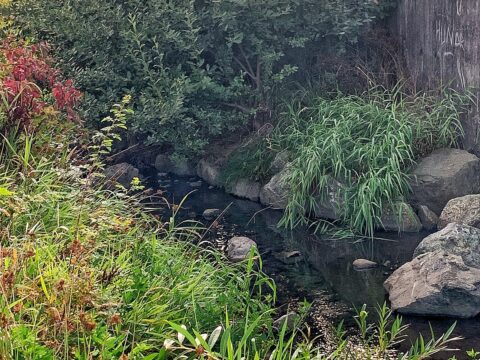
By OB M
In this playlist we explore what would happen if organisms form Bowker Creek went extinct, and how it would affect the environment. If all insects and aquatic invertebrate went extinct what parts of Bowker Creek’s riparian ecosystem would be affected? What would be some benefits and consequences?
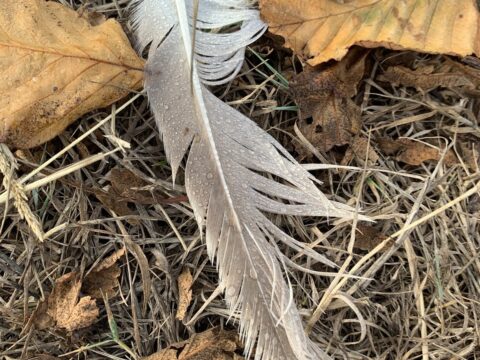
By OB M
Bowker Creek is home to many different animals. We found that the most regular animals in the Bowker Creek ecosystem were the Mallard Ducks, and Stickleback fish. In the past we had a salmon cycle in Bowker Creek, but due to urbanisation they have stopped showing up.
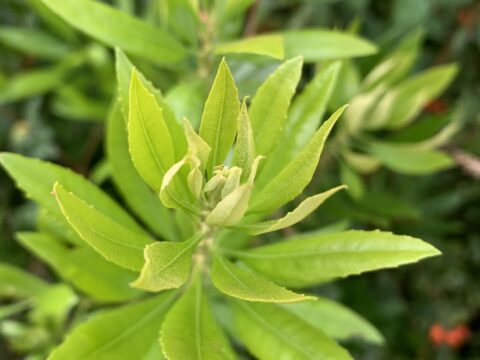
By OB M
Many of the plants found in Bowker Creek provide food for other organisms in the ecosystem. These consumers include animals and insects. In the Riparian zones along Bowker Creek you can find many hydrophilic plants.
Bowker Creek is located in a Coastal Douglas Fir bioclimatic zone which means that some of it’s natural plant species include the douglas fir, nootka rose, and herbaceous plants like ferns and other perennials.
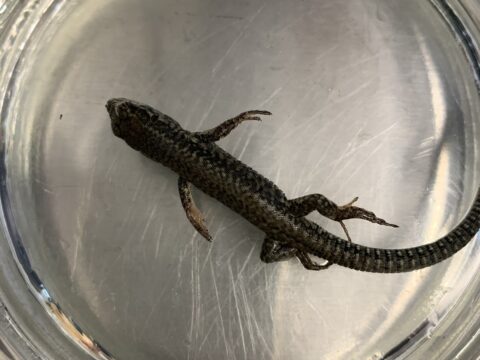
By OB M
Bowker Creek has many animals that are beneficial to its ecosystem. There are ducks and newts, birds, racoons and small rodents. They all contribute to the balance and biodiversity of the creek and help in decomposition, the nitrogen and carbon cycles.
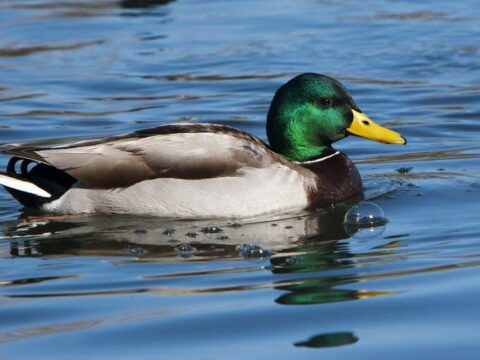
By OB M
Bowker Creek has some aquatic animals in the ecosystem, like sticklebacks and leeches. If for some reason the stickleback fish in Bowker Creek went extinct there would be an abundance of many insects because that is what the stickleback fish eat.
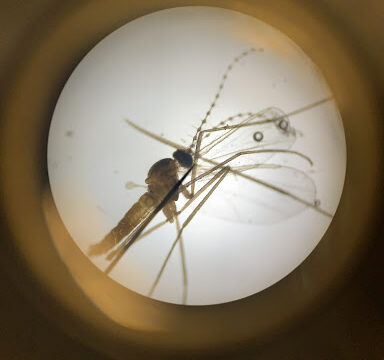
By OB M
The insects in Bowker Creek provide food for many of the animals as well. The stickleback fish eats plenty of insects. Some insects pollinate, helping flowers and plants grow, some are scavengers and decomposers, eating dead organisms and plants, and contribute to making topsoil full of nutrients, which help plants grow.
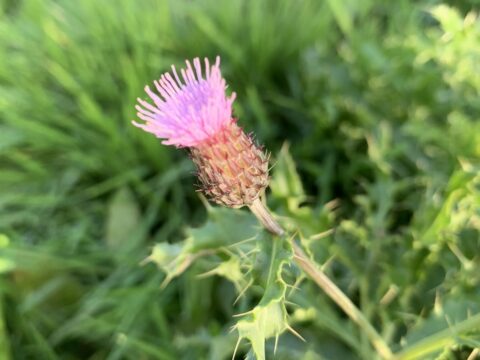
By OB M
Before humans moved into the oak bay are Bowker creek had one supported salmon, and provided food for First Nations in the area. As settlers came, and Urban development started, Bowker creek became used for drainage,and is still used for controlling water runoff from roads.
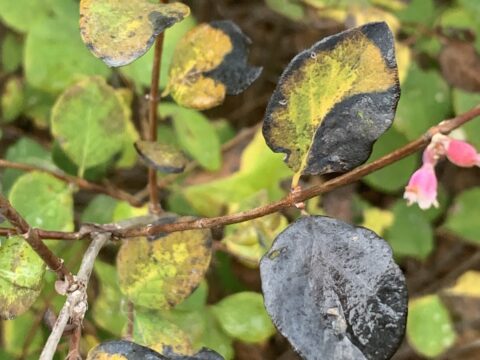
By OB M
When the decomposers decompose organic material and organisms, they contribute in bringing nutrients into the soil, continuing the nitrogen and carbon cycles. Bacteria also contributes to the phosphorus cycle returning phosphorus needed by animals to the soil and water, that plants absorb.
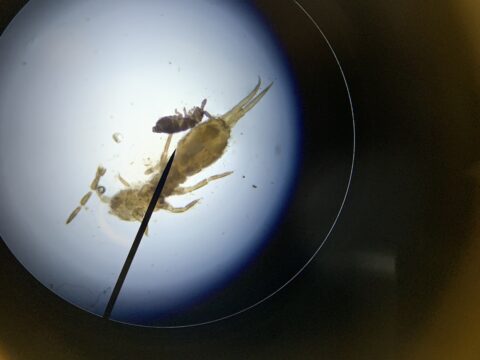
By OB M
In the Riparian zones along the creek you can find microbes living among hydrophilic plants. These areas have unsaturated soil. Unfortunately Bowker Creek doesn’t have many Riparian zones left, so these microbes aren’t as common as they used to be. Bacteria can also be found in and around Bowker Creek.
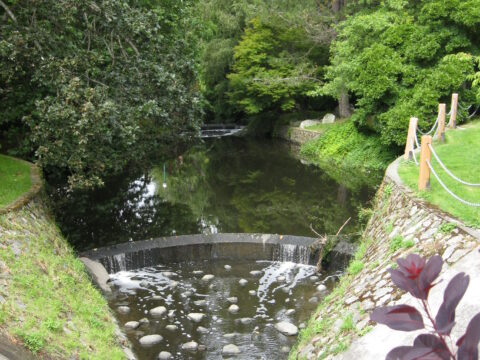
By OB M
If organisms went extinct in the creek the water quality would become better, but the ecosystem would fall apart. All the plant species would be dominant and many would grow out of control. The invasive species would overtake the native ones, and it would ruin all of the restoration work that we are currently doing.
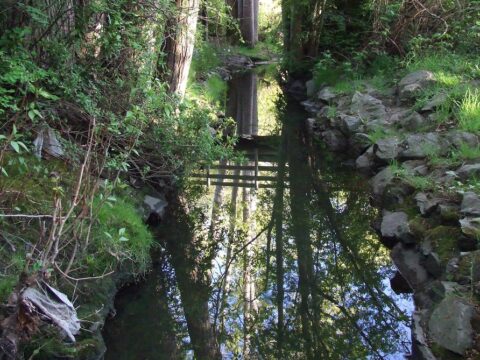
By OB M
In the past, Bowker Creek had many more Riparian ecosystems and organisms within it. However, now that we have been urbanizing the environment around the creek even fewer Riparian species have been visible.
Bowker Creek used to be a large, functional stream with many diverse organisms. It was a source of food and water for the First Nations before the Europeans came.
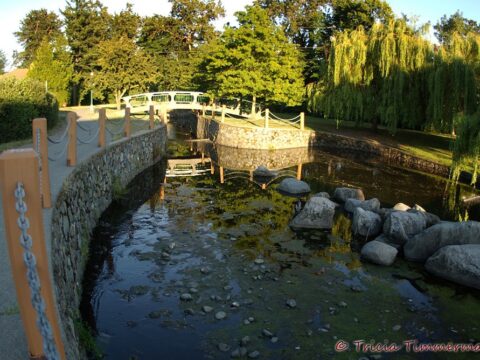
By OB M
Bowker Creek is a functional ecosystem because it is balanced. If the ecosystem was unbalanced then many species would either go extinct or become too abundant. For example, if the ducks went extinct then there would be too many leeches in the creek. The leeches could take over and become the main species.
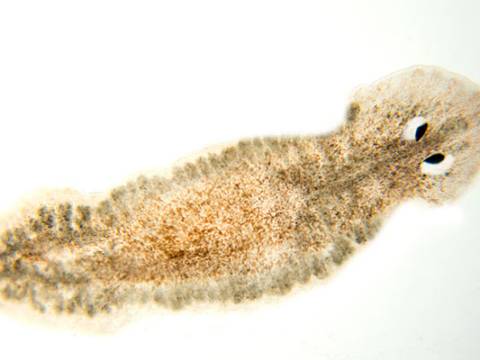
By OB M
Bowker Creek is home to many differently aquatic invertebrate. We found that the most common water invertebrates were the blackfly larvae. In the Creek there are also water pennies, water mites, and aquatic worms.
